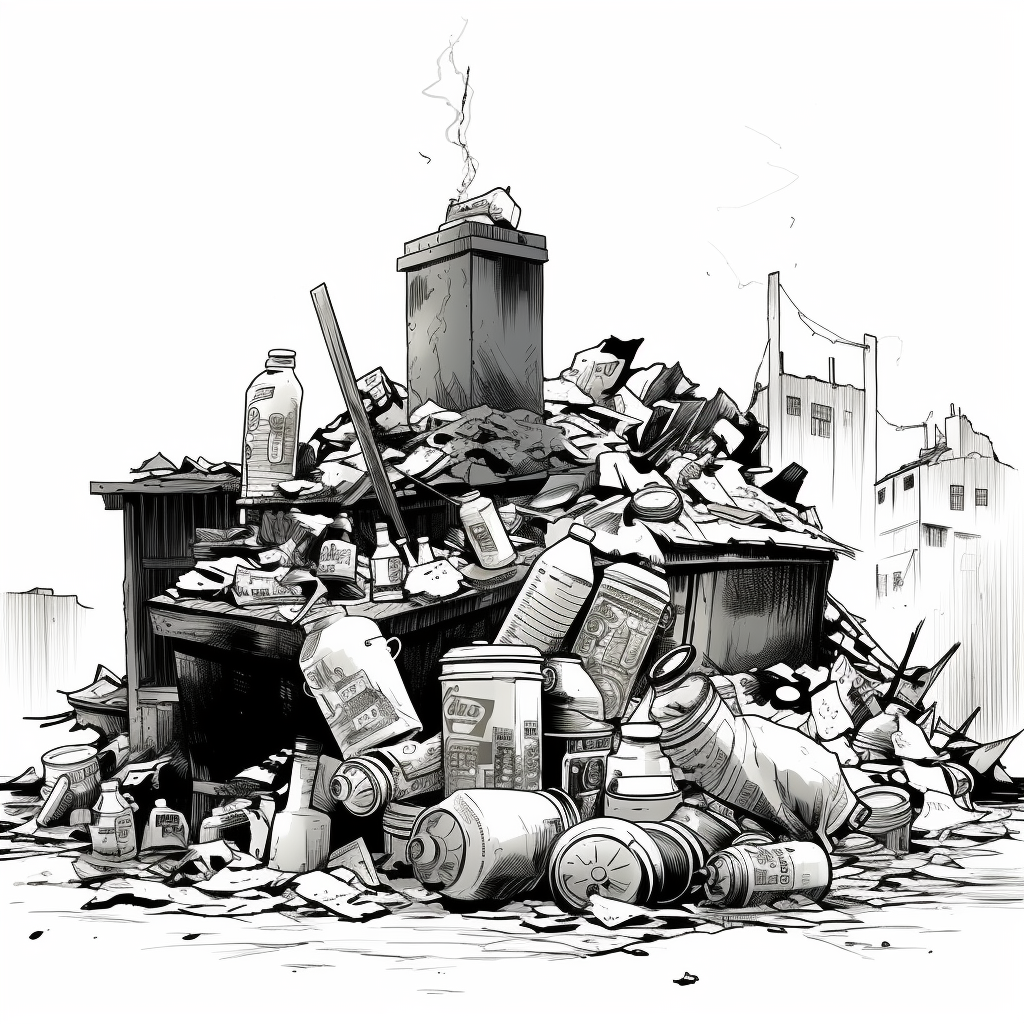Waste is often overlooked in many business processes, yet it can profoundly impact efficiency, cost, and overall productivity. The concept of the “7 mudas,” originating from Lean Manufacturing principles, helps companies identify and eliminate different forms of waste, promoting a streamlined and efficient operation. Let’s dive into the world of the “7 mudas” and understand how you can implement these principles in your business.
Origin of the 7 Mudas

The “7 mudas” concept comes from the Toyota Production System (TPS), developed by Taiichi Ohno. “Muda” is a Japanese term that means wastefulness or futility. In the context of Lean Manufacturing, it refers to anything that doesn’t add value to the product or service. By identifying and eliminating these seven forms of waste, companies can increase efficiency and reduce costs.
The 7 Mudas Explained with Examples
- Transportation: This refers to the unnecessary movement of materials, parts, or finished products between processes or locations.
- Example: Transferring products between multiple warehouses or facilities without adding value leads to higher transportation costs and possible damage.
- Solution: Mapping and optimizing transportation routes, consolidating shipping, and synchronizing supply chain partners can drastically reduce this waste.
- Inventory: Keeping excess inventory, whether in raw materials, work-in-progress, or finished goods, ties up capital and can lead to obsolescence.
- Example: Stockpiling raw materials without aligning them to actual production schedules may result in spoilage or obsolescence.
- Solution: Implementing a Just-In-Time (JIT) inventory management system ensures materials arrive as they are needed, thus reducing carrying costs and risks.
- Motion: Unnecessary movement of people or equipment within a process that doesn’t add value and often leads to ergonomic issues.
- Example: Employees spending time reaching for tools or walking to distant parts of a facility or far away meeting rooms.
- Solution: Using ergonomic studies and workflow analysis to redesign workspaces can reduce unnecessary movements, improving efficiency and worker safety.
- Waiting: This waste occurs when resources are idle, waiting for something to happen, like a machine waiting for parts or someone waiting for information.
- Example: An assembly line waiting for parts to arrive due to a misaligned schedule or a team waiting for a software component from another group.
- Solution: A synchronized production schedule and real-time tracking can prevent delays and keep processes running smoothly. Solid dependency management will reduce waiting times in addition.
- Overproduction: Producing more items than what’s immediately needed, leading to excess inventory and potential loss.
- Example: Manufacturing 1000 widgets for an anticipated order of 800, resulting in excess storage costs and potential markdowns.
- Solution: Embracing a demand-driven production model that aligns closely with real-time customer needs ensures resources are not wasted on unneeded products.
- Overprocessing: Doing more work, using more components, or utilizing more complex processes than required to meet customer needs.
- Example: Using a high-precision machine to drill a hole that doesn’t require such precision, consuming more energy and time.
- Solution: Analyzing customer requirements closely and matching the production or development process to those specific needs avoids overcomplicating tasks and saves resources.
- Defects: Any imperfection or error in a product or service that requires correction, leading to rework, returns, and dissatisfaction.
- Example: A batch of electronic devices shipped with faulty batteries, leading to customer complaints, returns, and the cost of replacements.
- Solution: Implementing rigorous quality checks, using error-proofing techniques, and fostering a quality culture can minimize defects and related costs.
Conclusion
Understanding and addressing the “7 mudas” is more than a manufacturing technique; it’s a mindset that can transform your business, independent from the type of your business (e.g. Software development). By eliminating these wastes, you position your company to be more competitive, agile, and customer-focused.
Start by assessing your current processes to identify areas where these forms of waste might occur. Collaborate with your team, encourage innovation, and create a culture where continuous improvement is embraced.
Take the leap today and join the movement toward a more efficient, productive, and waste-free operation. Your business—and your bottom line—will thank you.

